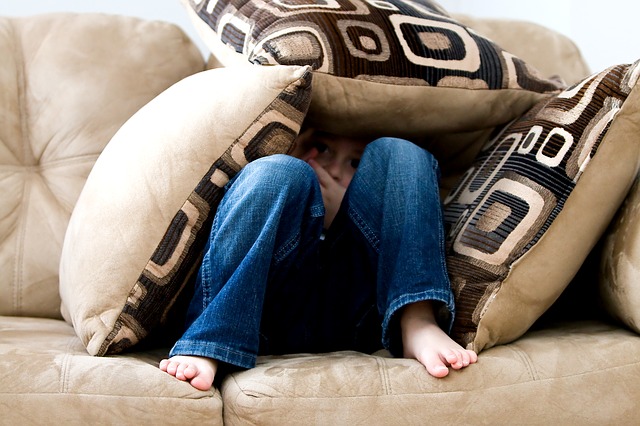An interesting article titled “From public mental health to community oral health: the impact of dental anxiety and fear on dental status,” by Crego et al. appears in frontiers in Public Health (vol. 2, art. no. 16, Feb. 2014). The article discusses a multidisciplinary approach to address dental fear and oral health.
The article discusses how mental disorders can act as a barrier to seeking needed treatment and thus can adversely impact oral health. Further, physical problems and ailments can negatively impact mental health. This has been described as a vicious cycle which is found in dentistry. As one sees the dentist less their oral health worsens and this reinforces dental anxiety. These worse oral health problems typically require more intensive and expensive treatments. This results in some patients only seeing the dentist when treatment can not be avoided.
In the article the authors present that dental fear ranges from 5% to 24% in adults depending on which study one looks at. In children dental fear ranges from 6% to 56% depending on the study. However, most studies of dental fear in children top out around 20%. This variation in dental fear could be due to the diversity of measures of dental fear and the study population used, but could also be to due differences in the criteria used to define dental fear and anxiety. Thus the authors are unable to give any precise estimate of the percentage of people who suffer from dental anxiety and fear but recognize that it is a high percentage of both children and adults.

In the article the authors say that addressing dental fear in children should be a top priority. This is because prior studies have seemed to indicate that dental fear is more likely to develop in childhood than as an adult. People who are afraid of the dentist see dental events as potentially dangerous, uncontrollable, unpredictable, and disgusting. Further, children’s fearful cognition are connected to those of their parents. It is thus believed that addressing dental fear should also take into account family related issues that may be present. There are a whole host of family related issues that could be addressed in family counseling as discussed for example on Regain.us. It is possible that adult parents may experience dental fear themselves and they may verbalize their fearful feelings to their children which can create a negative impression on dental care. It is also possible that the birth order of children could influence their ability to cope with medical situations.
The authors also believe that regular dental check-ups for children can help reinforce positive or at least neutral dental treatment experiences. Essentially these positive or neutral dental experiences can play a prophylactic role in helping to prevent dental anxiety and fear in children.
The authors state
“Breaking the vicious cycle of fear and anxiety requires a multidisciplinary approach, which involves both mental health and community dentistry professionals.”
The authors believe that better knowledge of dental anxiety is needed to develop effective community programs aimed at preventing dental fear. This includes understanding the interplay between cognitive and psychosocial determinants of dental fear. The authors also believe that better studies are needed to determine the mechanisms involved in dental fear development of a child. The authors feel that in order to best prevent adult dental anxiety it is best to focus on children. The bottom-line is that the authors feel that dental anxiety is a mental health issue that has arisen to a public health issue and should be better understood in order to be addressed and lead to better oral health for people in the future.

1 thought on “Dental Anxiety and Fear: Impact on Oral Health”